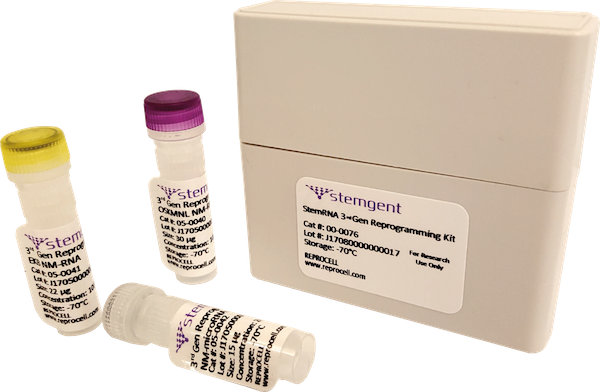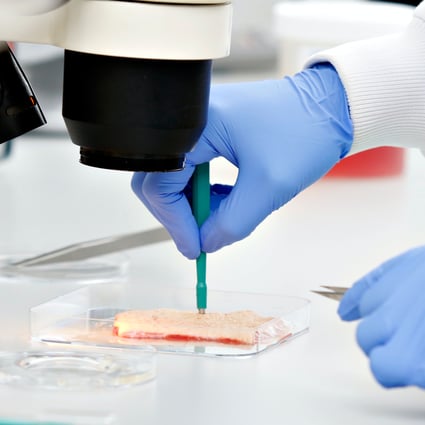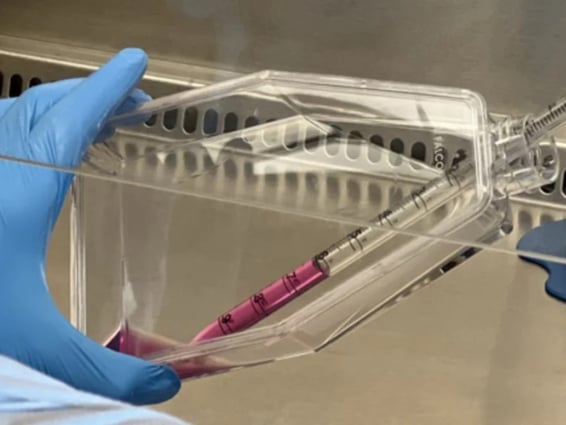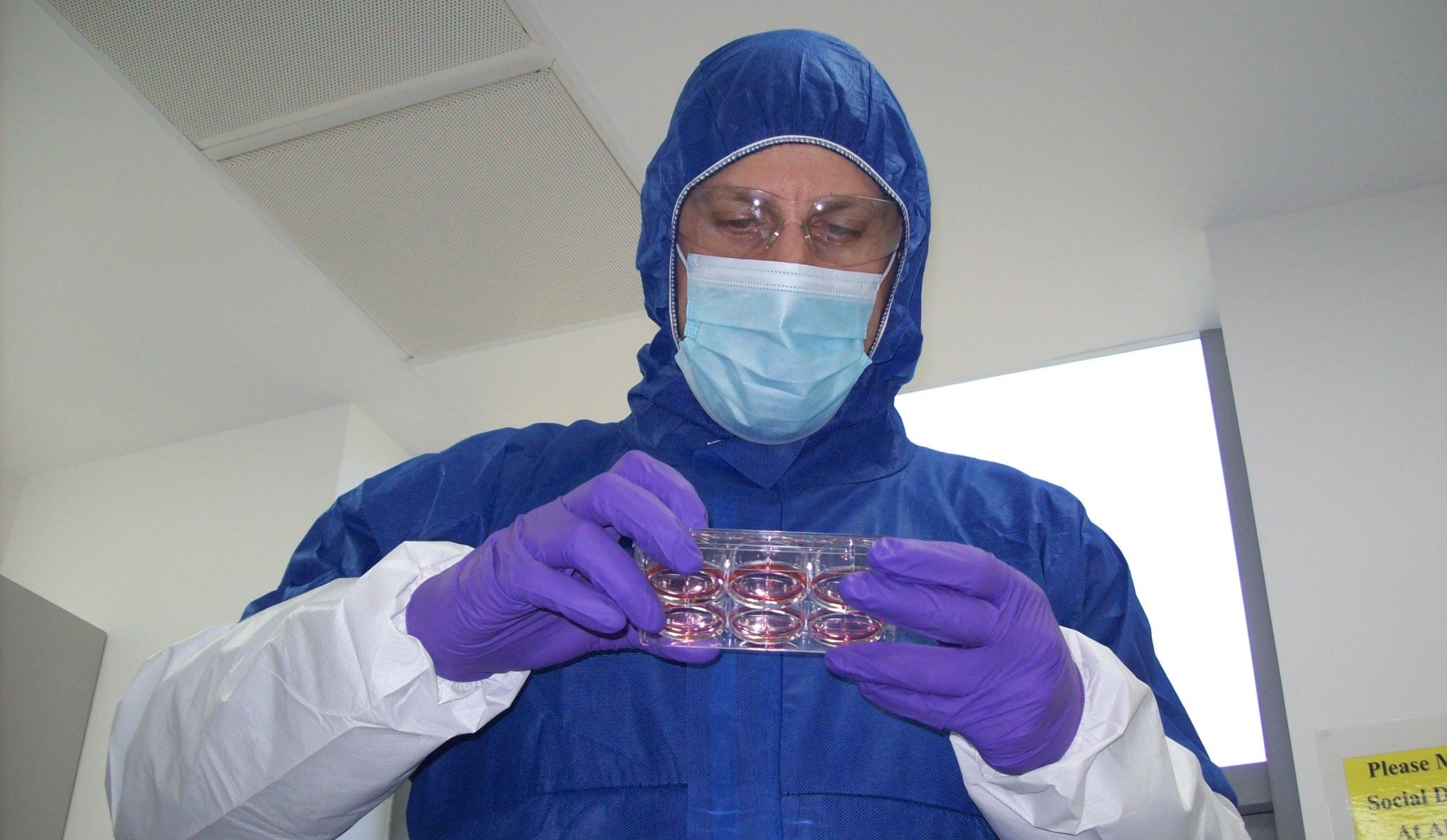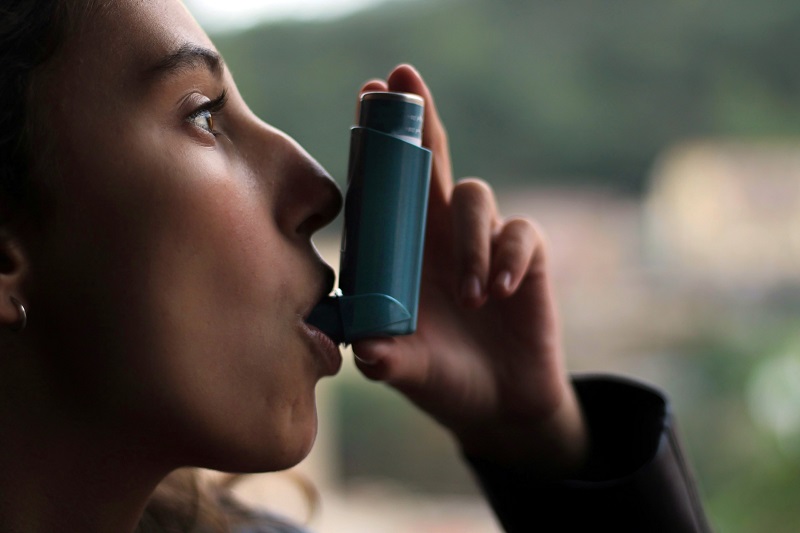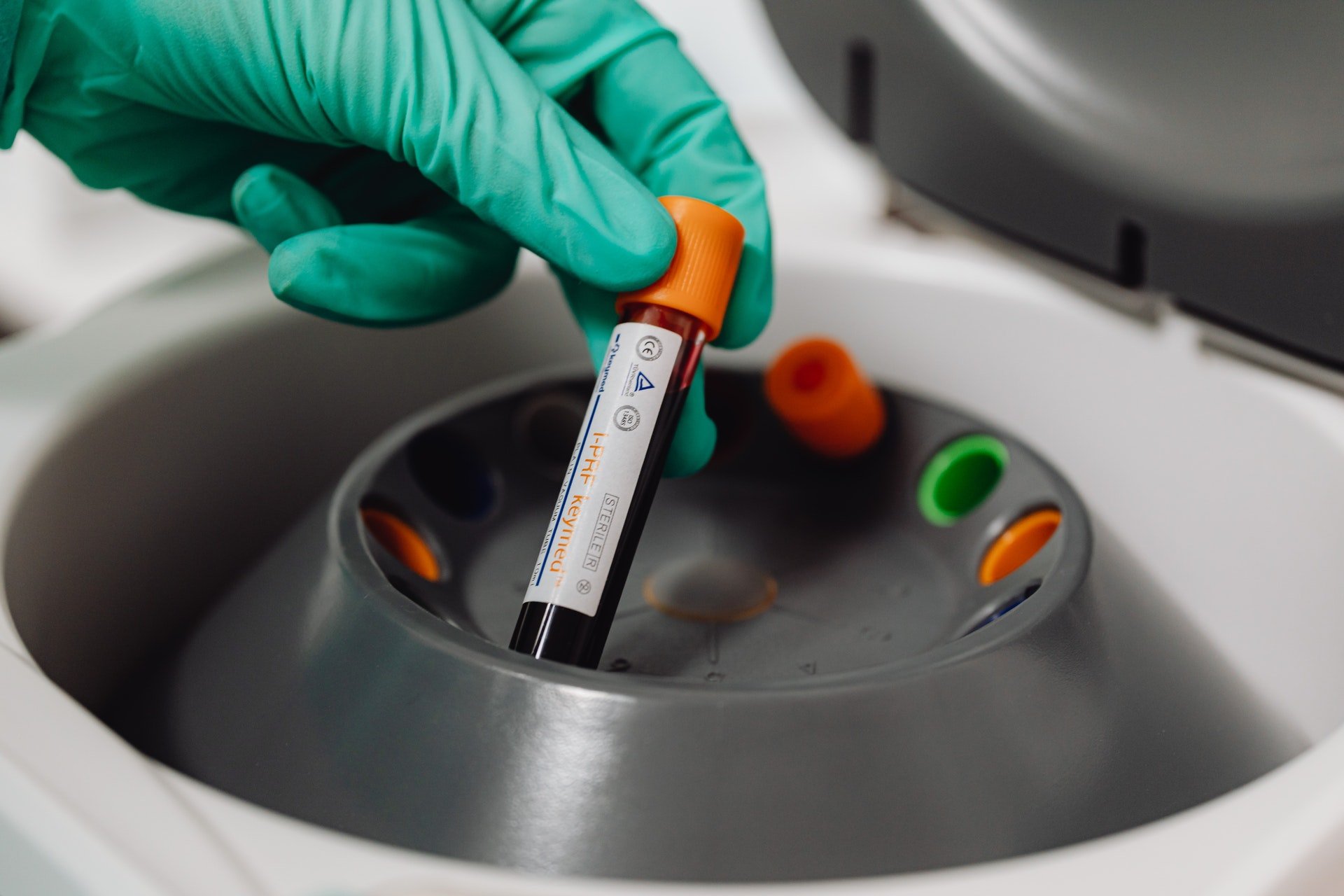What is Human Tissue Testing?
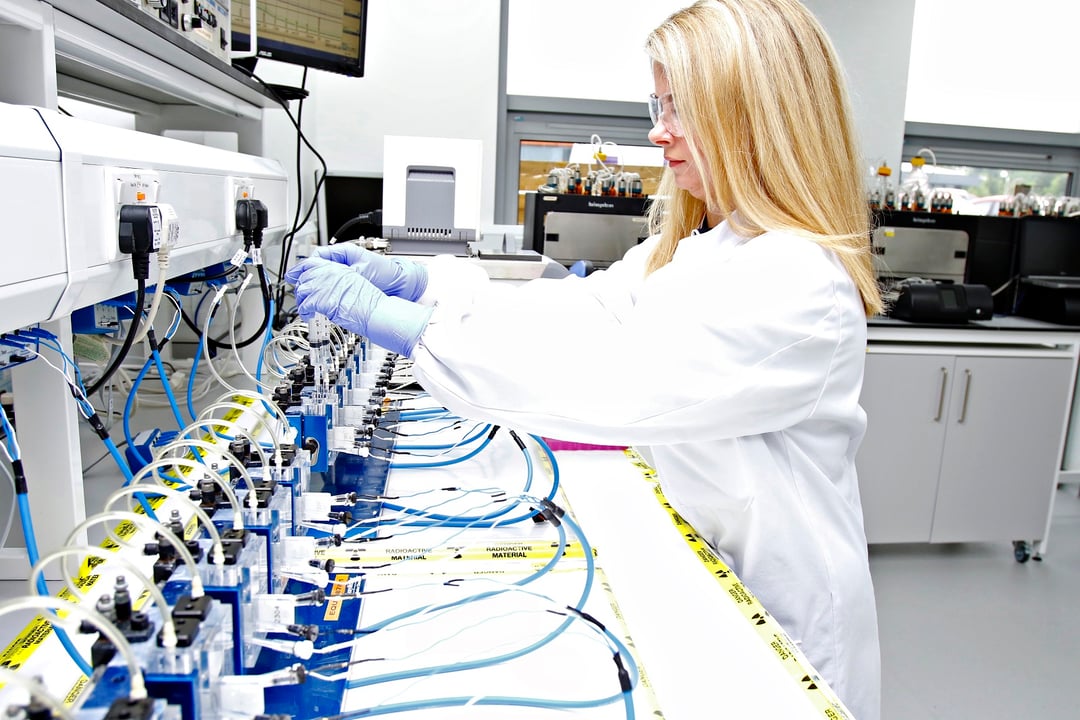
When a drug leaves the lab-stage and is tested in animals, the response does not always match that seen in humans. Diseases such as cancer or diabetes can be very similar in animals, but there are differences. Human tissue research can help by looking at the effects of drugs in donated bits of tissue (e.g. skin, cancer biopsies, blood) to check possible side effects before testing in human beings. Hundreds of researchers across the globe are using human tissue research to improve the way drugs are tested and developed.
What is ex vivo research?
Ex vivo research is a broad area covering the use of whole tissues for estimating drug efficacy and safety. Human tissue testing uses human biospecimens that have been donated for research by patients. Human tissue tests are most commonly used is in drug discovery and development to make decisions about the safety and efficacy of drugs for human use using human systems. It has become a very common area in the past 10-15 years with the advent of precision medicine and the human genome project.
Interview with Dr David Bunton: David is CEO at REPROCELL Europe based in Glasgow, UK. He has a background in pharmacology and physiology and spun out an ex vivo research company called Biopta in 2002. Biopta was acquired by REPROCELL in 2015, and David now heads their European operations. To learn about the past, present, and future of human tissue testing, we interviewed Dr Bunton in this video. You can listen to the full interview here, or read on to find out more.
Where do human tissue samples come from?
The logistics for collecting biospecimens are key to the whole process. Human tissues are extremely precious samples donated by patients, so every project must start with gaining informed consent from tissue donors. There are three primary sources for human tissue samples:
1. Surgical residual material
During surgery, any tissue that is required for diagnostics is sent for further investigation. But if there is residual tissue left over, the pathologist will decide if it can be donated to research. The tissue will be preserved or stored in an appropriate way depending on the purpose of the research: if it's a static study where we're just looking at the tissue structure and not function, then the tissue could be frozen or fixed at that point in time. It's very important that the patient is informed. Usually, there's a patient information booklet that explains the uses and the journey that the tissue will go on and also whether it's for commercial or non-commercial research.
2. Transplant tissue
Transplantation is the primary objective with transplant organs, but if for any reason the organs may not be placed for transplant then they can be used for research.
3. Biopsy material
Biopsy material is where patients or volunteers donate samples. You will probably be familiar with the idea of blood donation, but skin and muscle biopsies can also be donated. Over the past year and a half, we've all become familiar with the use of nasal swabs to collect biological samples for COVID testing - these types of samples can also be used for research.
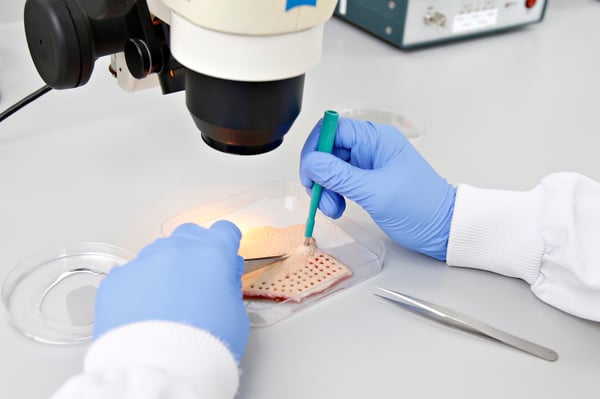
How long do human tissue samples survive in the lab and during transport?
For many ex vivo studies, tissue is used fresh to retain its physiological relevance. Often tissues are stored in a physiological buffer or culture media, and then transport to the laboratory as fast as possible so that functionality is maintained. How long the tissues survive during transportation really varies according to the tissue type, as different tissues have different metabolic rates and sensitivities to being out of the body. Heart tissue, for example, is very active and doesn't survive more than a few hours. Other tissues, such as skin, are less metabolically active so are transported and preserved a little easier. But typically, you have minutes to hours to get tissues into the lab and into a test system.
It becomes a 24/7 lab operation to support these types of studies and the ex vivo companies that have grown in the past 10-15 years are experts in logistics. However, it is not just the science or the laboratory experiments, but the processes to collect, store, transport the tissue, and maintain it in good condition. It's key that the material you have is as close to the starting point in the body; you want it to represent that normal physiology or pathophysiology. In most experiments, tissues will also need qualified to determine whether they're in good enough condition to undergo the experimental protocol.
How willing are people to donate human tissue samples for research?
Patients are extremely supportive of ex vivo research, whether it's in the commercial or non-commercial sphere. A number of surveys and publications have looked at this area and have determined that over 95% of patients support this type of research.
It is, therefore, critical to show the benefits of human tissue testing; show how medicines can be brought to market quicker, and how drug safety can be demonstrated more clearly. Precision medicine is one of the ways in which the public is becoming more aware of the need to understand, not only the responses in humans but how we individually respond to different drugs.
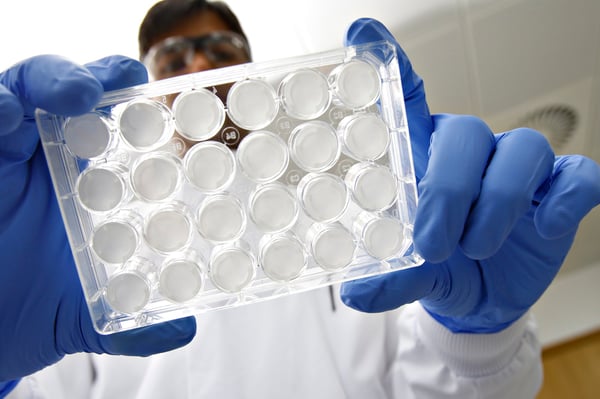
What research areas is human tissue testing used in?
The most common use of fresh tissues is in late-stage pre-clinical or lead optimization: where there's a small number of promising drug candidates, and the objective is to try and understand if data from cell-based models or animals translates to humans. Researchers may want to investigate whether they see the same signaling pathways activated, or if there are biomarkers present that indicate efficacy.
Researchers may also want to investigate clinical problems: troubleshooting of clinical observations where a drug has not been tested sufficiently in human systems, and unexpected safety effects occur in the clinic. In this case, human fresh tissues can give mechanistic insights into those effects that may differ between humans and animals.
The most common application of human tissue testing is to make sure that animal data matches what is observed in humans before clinical trial. Human tissue testing uses complex intact tissues, but for pharmacology, you can achieve reasonably good throughput for this type of test. For example, 20 to 30 individual tissues can be obtained from a single donor, to look at multiple compounds.
What industries are using human tissue research?
The overwhelming use of human tissue testing is in pharma and biotech, but there have also been ex vivo studies in agrochemical and medical device areas. This type of research is often used where there is no suitable model in cells or animals that reflect what is being assessed. For example, assessing the risk of a particular chemical or pesticide on reproductive health, or recreating the physical characteristics of a blood vessel in the lab which may be important for certain medical devices such as stents.
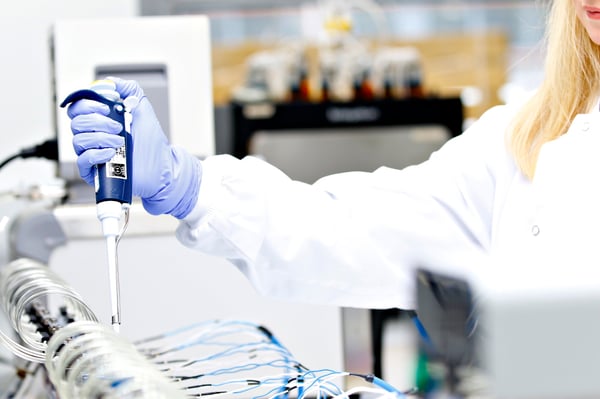
What is the main need that human tissue research addresses?
Despite all our advances and improvements in science, there is still a problem with translation from pre-clinical to clinical — in particular, our prediction of efficacy. Human tissue testing can validate that a drug target will benefit patients, thereby reducing clinical attrition rates. Pharma can save huge sums of money by using ex vivo testing at these later stages where, unfortunately, failure is still common.
Depending on the therapeutic area, as many as one in five compounds can fail. Everyone knows that it's a problem, but it's a challenge that human tissue cannot address on it's own; there are too many factors involved. Instead, it's about reducing risk at each stage - not just through fresh tissues — but also through the use of stem cell models, complex 3D tissue models, and organ-on-a-chip technologies. These are all part of a solution that is helping to improve understanding of complex human biology.
What are the most common therapeutic areas investigated using human tissue samples?
Most ex vivo research originated in cancer - using tumor samples to characterize the differences between cancer types — which formed the foundation for a lot of tissue networks that remain a key area for drug discovery. Today, human tissue research covers many different types of therapies from cardiovascular disease to respiratory diseases e.g., asthma and COPD.
Over the past 10 years, the most rapidly growing field has been in autoimmune disorders such as psoriasis, atopic dermatitis, and inflammatory bowel disease. Crohn's disease and ulcerative colitis are on the increase, and there's a lot of focus in pharma on biologicals and preventing disease progression via early intervention. The key is to get the relevant tissue type fresh and use that as a model of drug effectiveness. That's one of the powers of the human tissue approach.
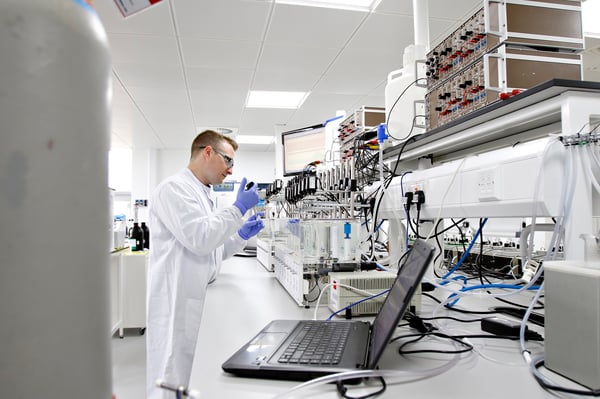
How does human tissue testing compare to other types of research?
There are there strengths and weaknesses to every approach, and human tissue testing is no different. Ex vivo research varies from traditional cell-based or animal approaches, in that it focuses less on reproducibility and robustness of the assay, and more on translation to humans. Responses in human tissues from 10 or 20 donors will be more variable than a comparative study in 20 rats that are inbred and therefore similar in their responses. This variability used to be seen as a weakness, but it's being increasingly understood as a strength - because variation in patient response is what happens during clinical trials and is a key reason why promising drugs sometimes fail. While they may be benefiting a section of the target patient population in the clinical study, other patients see little or no response.
Using human fresh tissue, you can understand inter-individual variation earlier in drug discovery, and therefore design clinical trials differently, and have more confidence that your target patient population is correct. Having a "fail fast, fail early" approach provides huge savings downstream because costs increase the closer you get to clinical trials. Having an increased understanding at the pre-clinical stage pays dividends when it comes to higher success in the clinic - even if it means more compounds are either discontinued or perhaps the target patient population is smaller than originally planned. I think it's unrealistic to say that human tissue testing could replace all animal experiments, but it certainly is already reducing and refining those experiments and there's going to be further progress over the next 10 years.
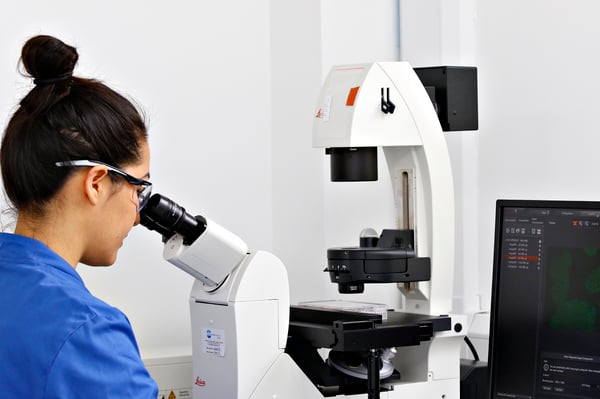
Can human tissue testing be performed in-house?
Companies usually outsource, as it requires specialist knowledge. There is a lot to consider before embarking on one of these projects, such as ethical approval, logistics of the supply chain, protocols, and validation of the different tissue types. That is a lot of variables by the time you factor in the different tissue types, targets, and platforms that can be used. So having groups that have got experience across a wide range of those things really helps.
Outsourcing human tissue testing to a commercial lab has a number of benefits. For example, regulatory approval is possible for safety assessments in human tissue, and having a quality assurance system is beneficial. It is also usually cheaper, as contract research organizations specializing in this type of research can make the process more economical,
Would you say that the demand for human tissue testing is increasing?
Yes, there's been an increase in the use of human tissue for research. It's been a trend that's been there the past 10-15 years, and will only increase through the drivers of precision medicine and artificial intelligence (AI).
How do you think the regulators view the data you generate with human tissue testing?
Although human tissue testing is not mandatory, the regulators are supportive of human tissue studies for safety pharmacology. They have gone through this process with companies and have tried to promote the appropriate use of human test systems.
Around five years ago the FDA and MRHA surveyed the pharma industry about the barriers to increased use of human tissue testing for drug safety assessment. The study showed that most pharma companies were either using the technology or developing methods to use it, which included human fresh tissue and other approaches, such as 3D models.
The regulators are happy to take the additional data and, while it is not mandatory, it does reduce the amount of animal testing. Typically, if it's a target where it's understood that animal models may not reflect human biology (e.g, serotonin receptors) then the regulators may request that you need to include some human tissue systems. It could also be the sponsors in pharma themselves that identify potential risks and decide that they need human data.
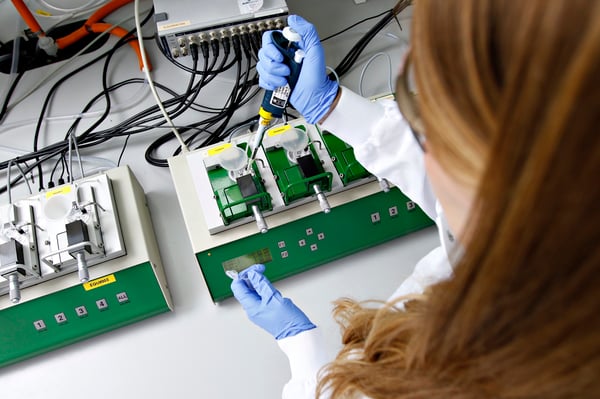
What does the future hold for human tissue testing?
Right now, we have more data than anyone could imagine — the challenge is not generating that data but using it intelligently. Insights are not going to come from genomics or transcriptomics alone, because the predictions made just from looking at insights next-gen sequencing are not sufficient to understand pharmacology.
To get to true pharmacogenomics, we need to include functional data and understand the other information about these individuals - clinical data, medical, and drug history. This is where AI could help us make breakthroughs because of the volume and complexity of this data. By appropriate use of AI machine learning models, researchers could achieve insights that wouldn't otherwise be possible.
The quality of the data you need must be very high
The quality of the data is key. A challenge is the number of donors that are needed, but a lot of effort is being made internationally, within both public and private sector initiatives, to safely share and gather data. For example, in Scotland, there is a network of "safe havens": National Health Service (NHS) run institutions that provide a firewall between the patient data in the healthcare system and pharmaceutical companies, or academic researchers. They ensure appropriate anonymization and access while still ensuring that researchers can make medical breakthroughs. Scotland-wide there is this health identification number that every individual has, from cradle to grave. That number identifies all of the health records and allows access to all medical and prescription history.
What exactly does REPROCELL do?
REPROCELL is a life science company that provides products and services - primarily in regenerative medicine and drug discovery — focused around human data, human tissue systems, and human-engineered tissue models.
We were one of the first companies to commercialize a particular type of stem cell called "induced pluripotent stem cells" which are taken from adult tissue and reprogrammed back into stem cells. It has been a very successful Japanese company in that field. REPROCELL has acquired a number of complementary businesses in the past five or six years around the stem cell and human tissue research space - all linked by a common theme of human data and human-relevant test systems.
Our group headquarters are in Yokohama in Japan, but our human tissue testing services are based in Glasgow. REPROCELL also has labs in Maryland, USA, and Hyderabad, India. It's a truly global business.
If any of our listeners would like to contact REPROCELL, how would they go about that?
We'd be delighted to discuss any of the ideas or concepts in the discussion today. The best way is through our website — we've got our contact details for all our sites and email addresses on there.
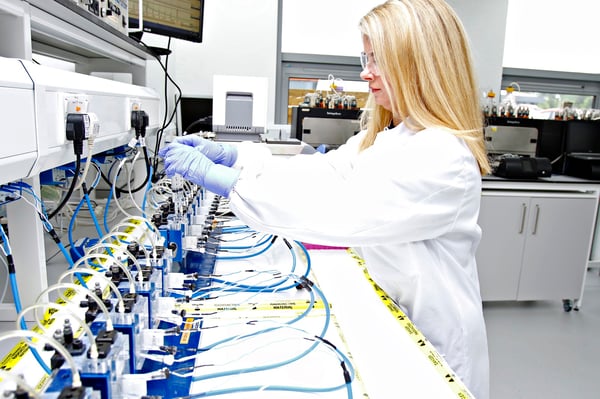
Editor's note: This blog was first published in October 2021 and has since been updated for accuracy and clarity.
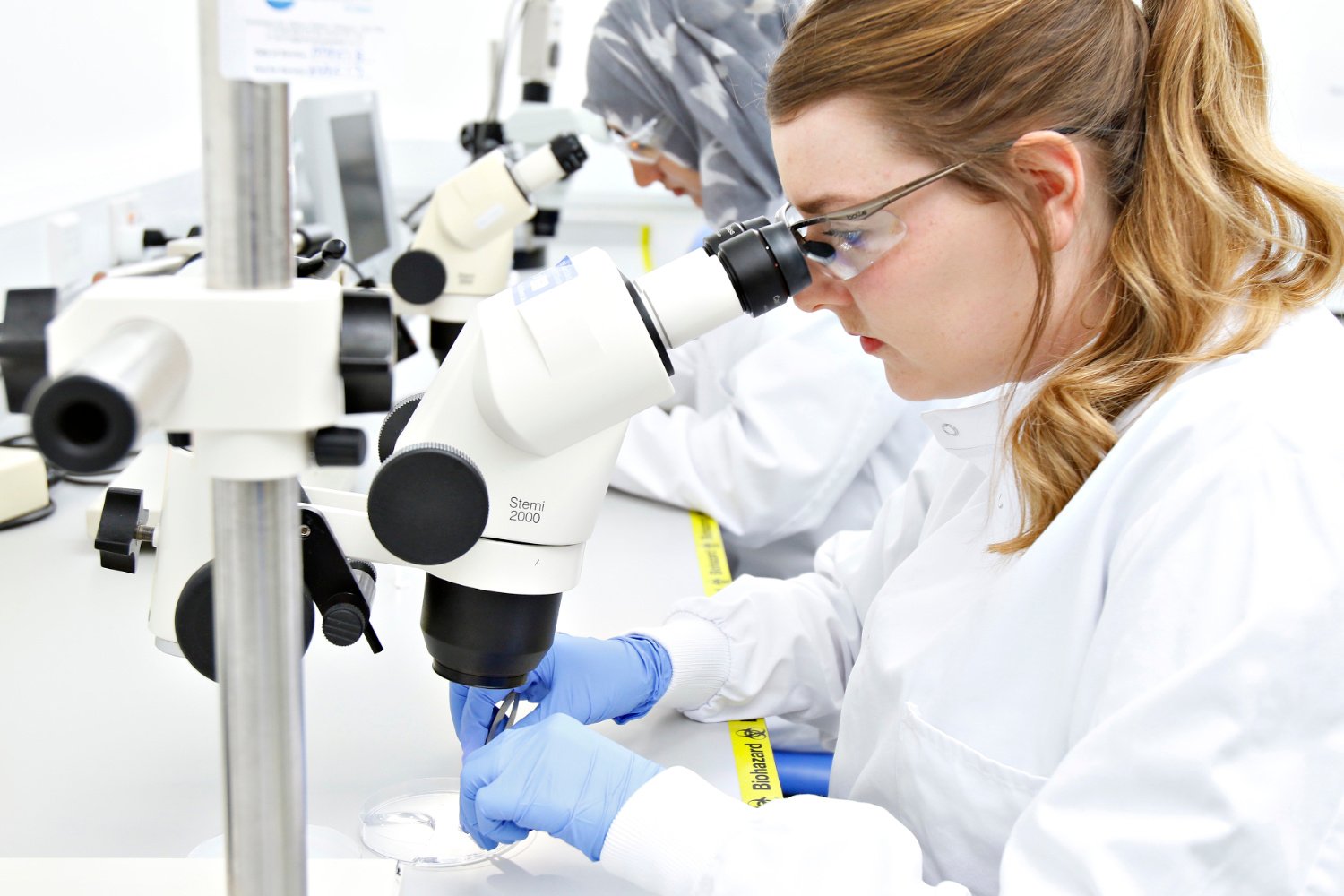
REPROCELL’s contract research services use human living tissues to better predict drug safety and efficacy.

Author
Roland Linder
Senior Trade Officer at Scottish Development International
Roland is based in Bern, Switzerland, and hosts a podcast called "What in the Life Sciences" which is is all about the life science industry. You can contact him on
LinkedIn.
Subscribe to receive updates from REPROCELL
Stem cell and drug discovery scientists around the world are using REPROCELL’s services and products in their preclinical and clinical research.

